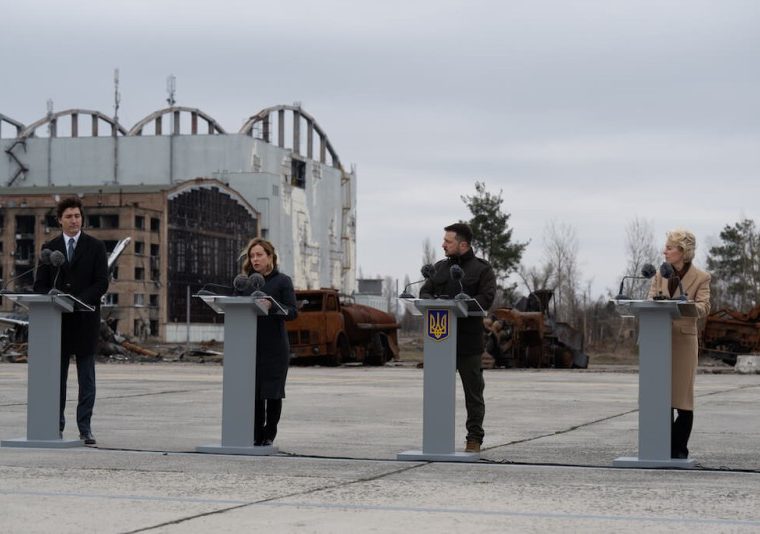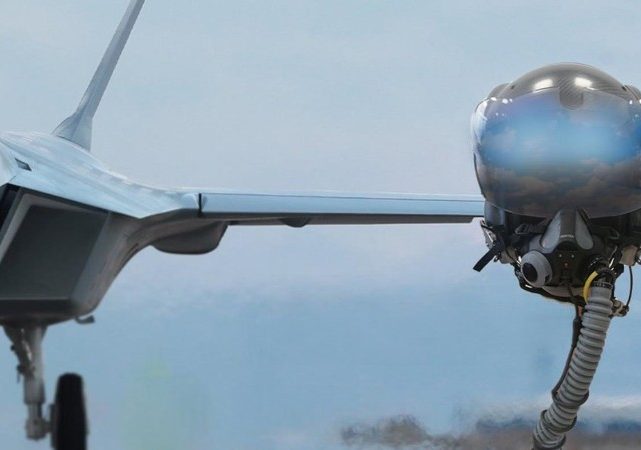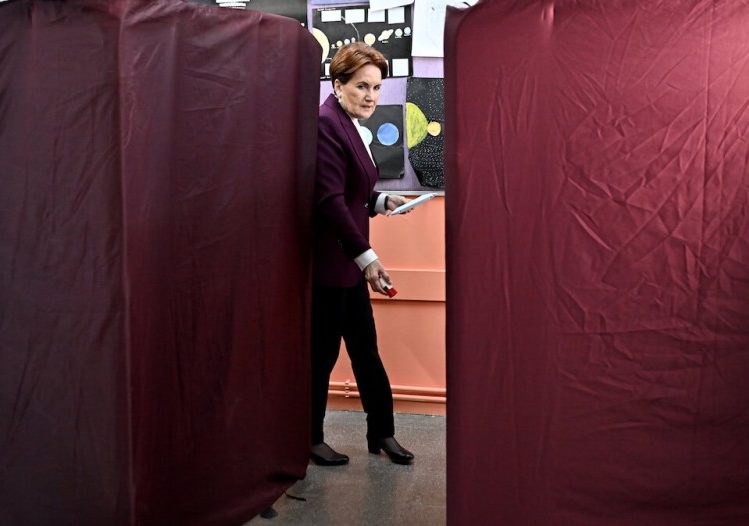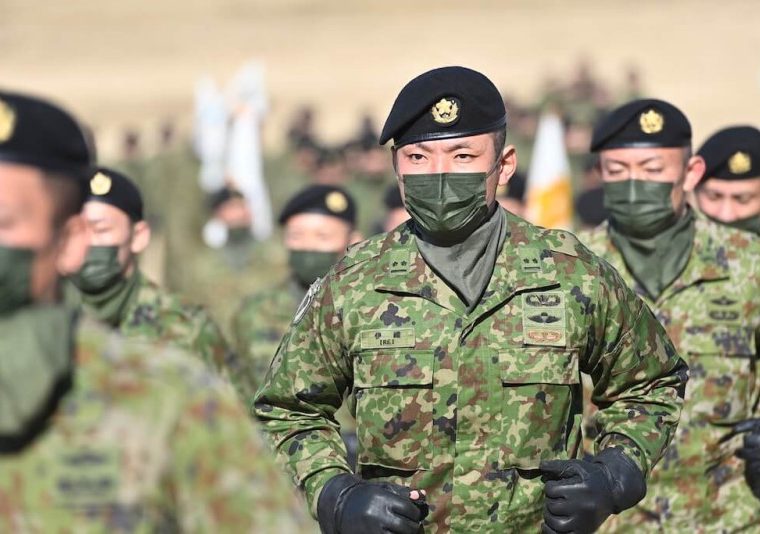A
s Russia gains momentum in its assault on Ukraine, the trajectory of the conflict in the coming months becomes increasingly critical. Despite stalled Western aid, Moscow’s recent territorial gains and strategic advances underscore the urgency for Ukraine and its allies. A worst-case scenario could see parts of Kyiv’s front line at risk of collapse, prompting a reassessment of the conflict’s direction.
Russia’s recent success in capturing the city of Avdiivka, coupled with subsequent territorial gains, challenges previous assessments suggesting a potential stalemate in 2024. Moscow’s willingness to incur high casualty figures and increase artillery output has shifted the momentum of the land campaign, highlighting the resolve behind Russia’s full-scale invasion of Ukraine.
The battle for Avdiivka serves as a blueprint for Russia’s 2024 ground campaign, with Moscow aiming to consolidate control over Donetsk and Luhansk oblasts. Synchronized attacks in northeast Ukraine further support Russia’s strategic objectives. Despite heavy casualties, Russia is likely to delay major offensives until after President Vladimir Putin’s anticipated reelection in mid-March, followed by a series of assaults aimed at expanding territorial control.
Russian military capacity
The International Institute for Strategic Studies (IISS) assesses that Russia can sustain its campaign for an extended period, supported by adequate troop recruitment and replenishment capabilities. With military spending comprising a significant portion of its national budget, Russia demonstrates a commitment to maintaining its military advantage. Additionally, external sources such as Iran and North Korea provide additional firepower, bolstering Russia’s offensive capabilities.
Ukraine has transitioned to a strategic defensive posture, prioritizing troop preservation amid challenging circumstances. President Volodymyr Zelenskyy’s emphasis on preserving soldiers’ lives underscores Ukraine’s defensive strategy. With limited Western aid and advanced weaponry, Ukraine faces difficult decisions regarding its military posture. The absence of requested equipment, including electronic warfare capabilities and combat aircraft, exacerbates the dilemma.
The coming months represent a critical juncture in the conflict, with Ukraine’s ability to withstand Russian advances contingent on Western support. Failure to restore aid to previous levels could result in tactical defeats for Ukraine, potentially leading to front-line collapses. Despite efforts by the US and Europe to provide assistance, political hurdles and logistical challenges hinder timely support.
Russia will maintain its dominance on the battlefield
Unless the West reinstates aid to Kyiv to previous levels, including adequate artillery to restore Ukraine’s military advantage to its peak during last year’s counter-offensive, Russia will maintain its dominance on the battlefield. In the worst-case scenario, this could result in a series of tactical defeats for Ukraine, potentially leading to the collapse of segments of its front line.
Currently, efforts by President Joe Biden’s administration to deliver another substantial military aid package to Ukraine are stalled due to opposition from House Republicans. Additionally, Europe has not shown the necessary industrial capacity or political resolve to promptly address Ukraine’s urgent military requirements, despite ongoing military assistance initiatives. Although the United Kingdom has committed to providing ‘thousands’ of new, long-range attack UAVs, the timeline for their delivery remains uncertain.
As the conflict evolves in 2024, the balance of power between Russia and Ukraine hinges on external support and technological advancements. While Russia maintains its battlefield initiative, Ukraine’s potential for asymmetric advantages through Western technology remains uncertain. The war’s trajectory will depend on the timely delivery of aid and the effectiveness of Ukraine’s defensive strategies in the face of Russian aggression.
Source: IISS
Recommended





